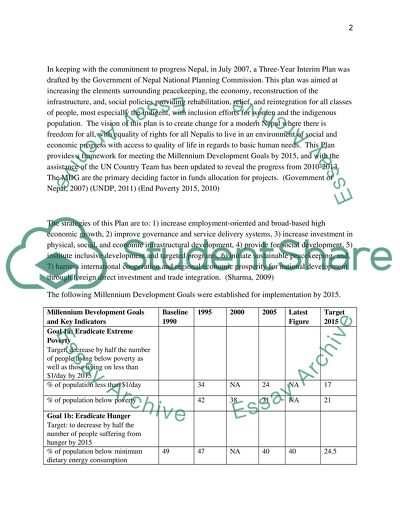Cite this document
(“International health - report on:Focus on nepal health and development Research Paper”, n.d.)
Retrieved from https://studentshare.org/family-consumer-science/1411547-international-health-report-on-focus-on-nepal
Retrieved from https://studentshare.org/family-consumer-science/1411547-international-health-report-on-focus-on-nepal
(International Health - Report on:Focus on Nepal Health and Development Research Paper)
https://studentshare.org/family-consumer-science/1411547-international-health-report-on-focus-on-nepal.
https://studentshare.org/family-consumer-science/1411547-international-health-report-on-focus-on-nepal.
“International Health - Report on:Focus on Nepal Health and Development Research Paper”, n.d. https://studentshare.org/family-consumer-science/1411547-international-health-report-on-focus-on-nepal.


